
::
ATLANTA’S VITAL LIFE HEALTH CENTER IS GROUND ZERO FOR NEW TECHNIQUES IN CHIROPRACTIC & KINESIOLOGY, WHICH SEE THE NERVOUS SYSTEM AS CENTRAL TO GOOD HEALTH.
::
AT 65, GUY F. RIEKEMAN is in pretty fine shape. No health complaints to speak of. Full of energy, working nonstop and taking time to live the good life.
It wasn’t always so. Riekeman grew up athletic. He played basketball throughout high school and college, at a pretty high level, tearing up both ankles in the process. By age 60, they no longer supported him, so he used a wheelchair and dealt with frequent back tremors and head twitches.
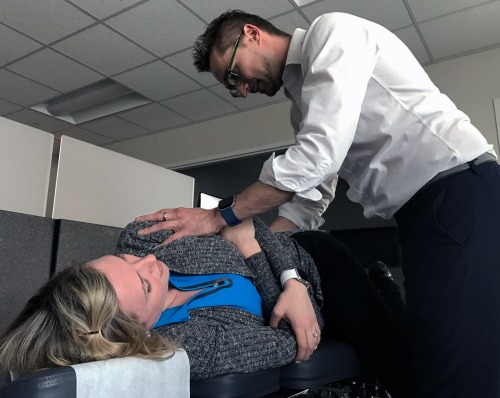
That experience informs his work today. Riekeman, whom you may know as president of Life University, is also the driving force behind Vital Life Health Center, a first-of-its-kind wellness clinic tucked on a sliver of street near Emory University Hospital Midtown within sight of the downtown skyline.
Riekeman’s recovery began a few years ago when surgeons mastered the art of ankle replacements. Still, after surgery, his brain needed to be reactivated. For that, he turned to chiropractic care and functional kinesiology. They put him back on his feet for good, and what looked like Parkinson’s disease was gone.
His real passion goes beyond prevention and taking care of conditions. Wellness for everyone is his mission. He’s as much entrepreneur and cheerleader as he is a chiropractor and educator.
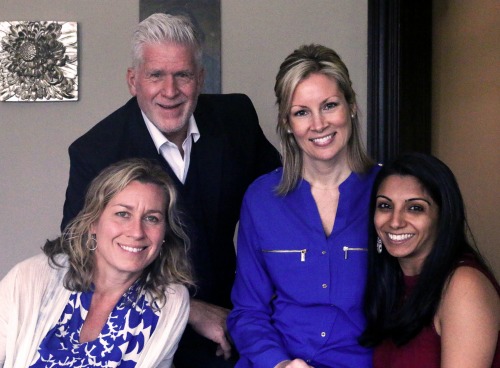
Vital Life Health Center, open since October 2016, cares for people from birth to age 101. The forward-thinking 17,000-sq. ft. clinic encompasses the Atlanta Birth Center and its midwives, doulas, psychologist, naturopath and patients, as well as the Vital Life portion, where patient advocates and chiropractors lead clients through a thorough series of tests that assess the state of their nervous systems, hold free educational sessions and care for the whole person.
From the moment you enter, you’ll realize this health center is different. Everyone and everything seems designed to calm and welcome you, from the metal wall sculptures, water elements and wall-mounted wooden planters, to the cushy curved seating — some child-sized — and kid-friendly teepee.
Vital Life goes way beyond the typical chiropractic office. Its adjustment tables, specialized neurology and X-ray equipment, brain-retraining computer programs and machines (including a space age-y item called a GyroStim) help recalibrate cognitive function for everyone from ex-military patients with PTSD to children dealing with ADHD or autism, to those who have multiple seizures.
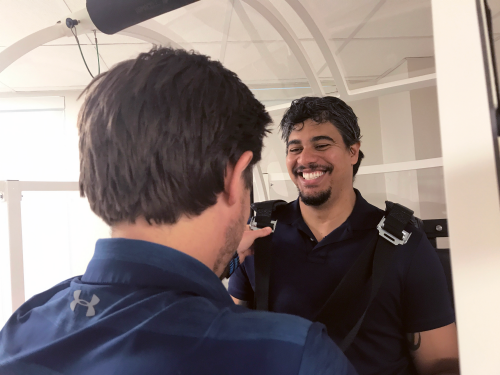
GyroStims aren’t nearly as common as, say X-ray machines. There are only 16 in the United States and eight in other countries.
The Vital Life team also works with patients — including athletes — who’ve had multiple concussions. Using tests that track how and when the brain fires, they can reset it, make it function the way it should again and not just assume things are OK because the symptoms have gone away. Football recruits with a history of concussions can be baseline tested before the season begins to see what toll those concussions might have taken.
Not too far in the future, Vital Life likely will be a vital stop for coaches and players at all levels.
The Vital difference
Medical professionals tend to see the human body as a gigantic machine that will break down somewhere along the way, Riekeman says. Patients are treated through drugs and surgery and put back to where the physician thinks they should be.
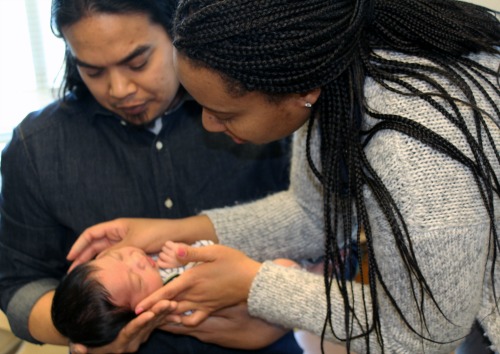
Vital Care promotes what Riekeman calls vitalism. It believes that the body is intelligent, self-healing and self-maintaining if you respect the natural process and get rid of interferences that affect the nervous system — physical traumas, chemical traumas like cigarette smoking, pesticides in food, and emotional stresses.
“It’s not a competition,” Riekeman says about medicine and chiropractic/functional neurology. “That’s not the point. We often work together for the patient, but there was a shift. People were saying they wanted a different kind of health care.”
At the moment, Vital Life offers chiropractic care and functional neurology. Look for vitalistic nutrition, functional kinesiology and positive psychology soon.
“Most people coming to Vital Life initially are those who’ve had health conditions ranging from mild to serious or get sick all the time,” Riekeman says, “or are parents who worry that their child isn’t developing correctly.” While most find help with their health problems, many continue to visit for prevention and wellness care.
Although Atlanta is home base for Vital Life, he plans to expand the practice to 50 cities across the nation.
Everyone’s final 25 years
“We know that the nervous system is what makes your body work,” says Riekeman, who talks excitedly about how Vital Life believes in proactive wellness (keeping you healthy) rather than reactive treatment (waiting until illness or injury strikes and then prescribing care).
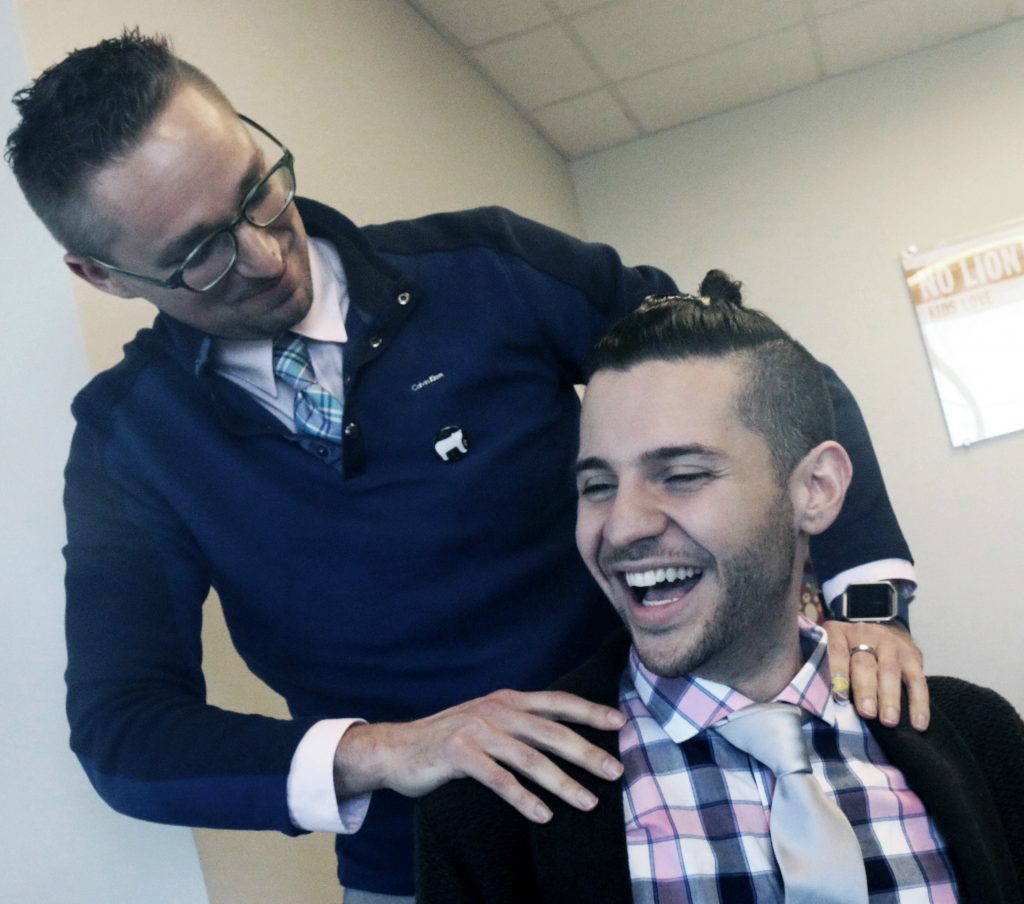
“People are coming in to prevent problems,” he says, “to make sure their nervous systems are working correctly.” This group includes business executives who want to avoid neurological diseases like Alzheimer’s and Parkinson’s, athletes who have to work at peak performance and others who seek similar goals. It includes a large number of health-minded, college-educated people who are anticipating long lives.
Most people born in the United States today, Riekeman says, will live to be at least 100 years old. Demographics back him up.
The question is, he says, “What are they last 25 years going to be like? Are you going to be in a home, in diapers, not recognizing your family? Or are you going to be vibrant, happy, traveling, learning new things, having sex?
“The decisions we make today are going to affect how we spend those last 25 years,” he says. “It has to begin now. We have to find ways to be healthy throughout our lives.”
[READ MORE ON THE FOUNDERS, THE COST & THE ATLANTA BIRTH CENTER]


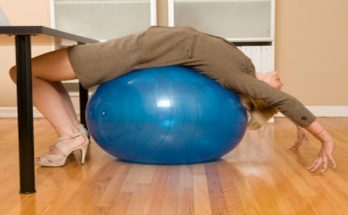
Clarification of the information about regarding GyroStim from the manufacturer:
The article states: “There are only four GyroStims in the nation, by the way. NASA has the other three.”
• There are ZERO GyroStims at NASA.
• There are 16 GyroStims in the United States
• There are 8 in other countries around the world.
Thanks for your consideration.
Thank you for writing. We will make those changes asap. — kj
Very much appreciated. 🙂